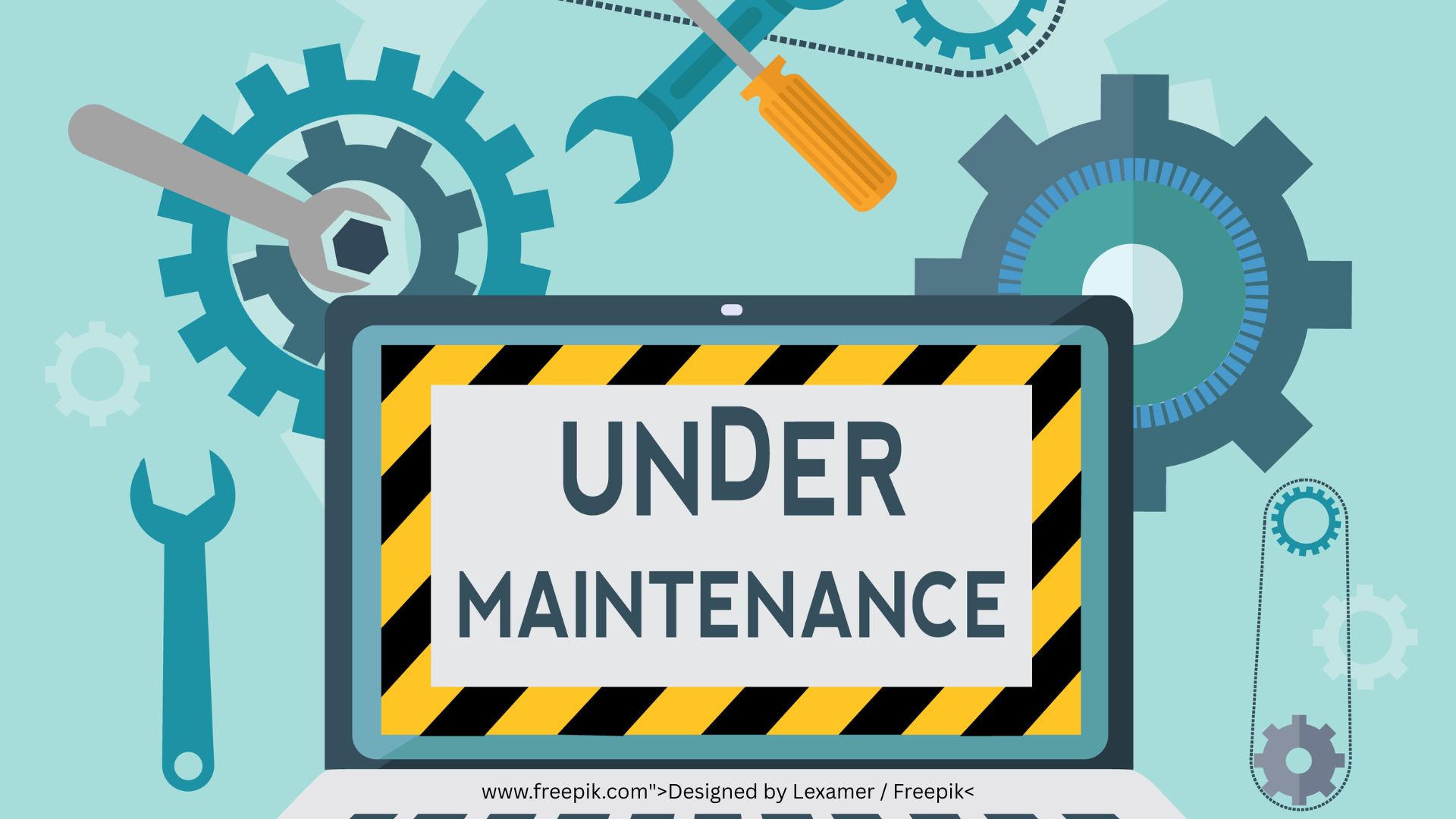The Importance of a Good Maintenance Program and How to Build One

A well designed maintenance program is the foundation of operational efficiency, equipment reliability, and workplace safety. Whether you’re managing a factory, a fleet of vehicles, or building systems, preventive maintenance is not a luxury, it’s a necessity.
Why a Good Maintenance Program is Essential
A good maintenance program provides structure and consistency in how assets are managed. Here’s why it’s vital:
1. Minimizes Equipment Downtime
Unexpected breakdowns can halt operations, leading to missed deadlines and lost revenue. A preventive approach ensures equipment is serviced before failure occurs.
2. Extends Equipment Life
Routine inspections and timely repairs keep machines running smoothly, often adding years to their useful life.
3. Improves Safety
Faulty equipment is a major hazard. A structured maintenance program ensures that safety risks are identified and corrected early.
4. Increases Efficiency
Well maintained systems operate more efficiently, using less energy and producing more consistent output.
5. Reduces Costs
Though preventive maintenance requires planning and resources, it typically costs much less than emergency repairs and the consequences of unscheduled downtime.
6. Ensures Compliance
Regulatory bodies often require documented maintenance practices. Failing to comply can result in fines, shutdowns, or liability issues.
7. Supports Business Reliability
Clients and stakeholders trust organizations that deliver consistent results. A solid maintenance plan supports your reputation and reliability.
Basic Maintenance Program Structure
Creating a basic maintenance program doesn’t have to be complicated. Here is a straightforward approach to get you started:
1. Define Objectives
Start by identifying what you want to achieve:
- Prevent unplanned downtime
- Improve safety
- Maximize equipment value
2. Create an Asset Inventory
List every piece of equipment that needs maintenance:
- Equipment ID and name
- Location
- Manufacturer and model
- Installation or acquisition date
3. Develop a Maintenance Schedule
Different assets require different frequencies of attention. A typical schedule might include:
- Daily: Visual checks, fluid levels, basic functionality.
- Weekly: Lubrication, cleaning, minor calibrations.
- Monthly: Filter changes, component inspections.
- Annually: Major overhauls, safety audits.
4. Standardize Procedures
For each task, create a step-by-step checklist that includes:
- Tools and materials needed
- Safety precautions
- Completion criteria
5. Assign Responsibilities
Clearly define who does what:
- Technicians handle scheduled tasks.
- Supervisors review logs and escalate issues.
- Management oversees the program’s effectiveness.
6. Maintain Accurate Records
Log every maintenance activity:
- Date performed
- Tasks completed
- Observations and issues
- Technician’s name
Ideally, use a Computerized Maintenance Management System (CMMS) to track and automate scheduling and records.
7. Manage Spare Parts Inventory
Keep essential parts on hand to reduce downtime when repairs are needed. Regularly audit inventory and reorder before running low.
8. Train Your Team
Ensure all maintenance personnel are trained in current procedures, safety standards, and the equipment they handle.
9. Prepare for Emergencies
Despite your best efforts, breakdowns can still happen. Document emergency procedures including:
- Shutdown steps
- Key contacts
- Backup systems or equipment
10. Review and Improve
No plan is perfect. Set regular intervals (e.g., quarterly) to review performance, identify recurring issues, and improve your maintenance practices.
For the best CMMS software contact us via www.mymanufacturingplant.com or email sales@mymanufacturingplant.com for a demonstration of the “VORTEX CMMS” Software.
Comments are closed.